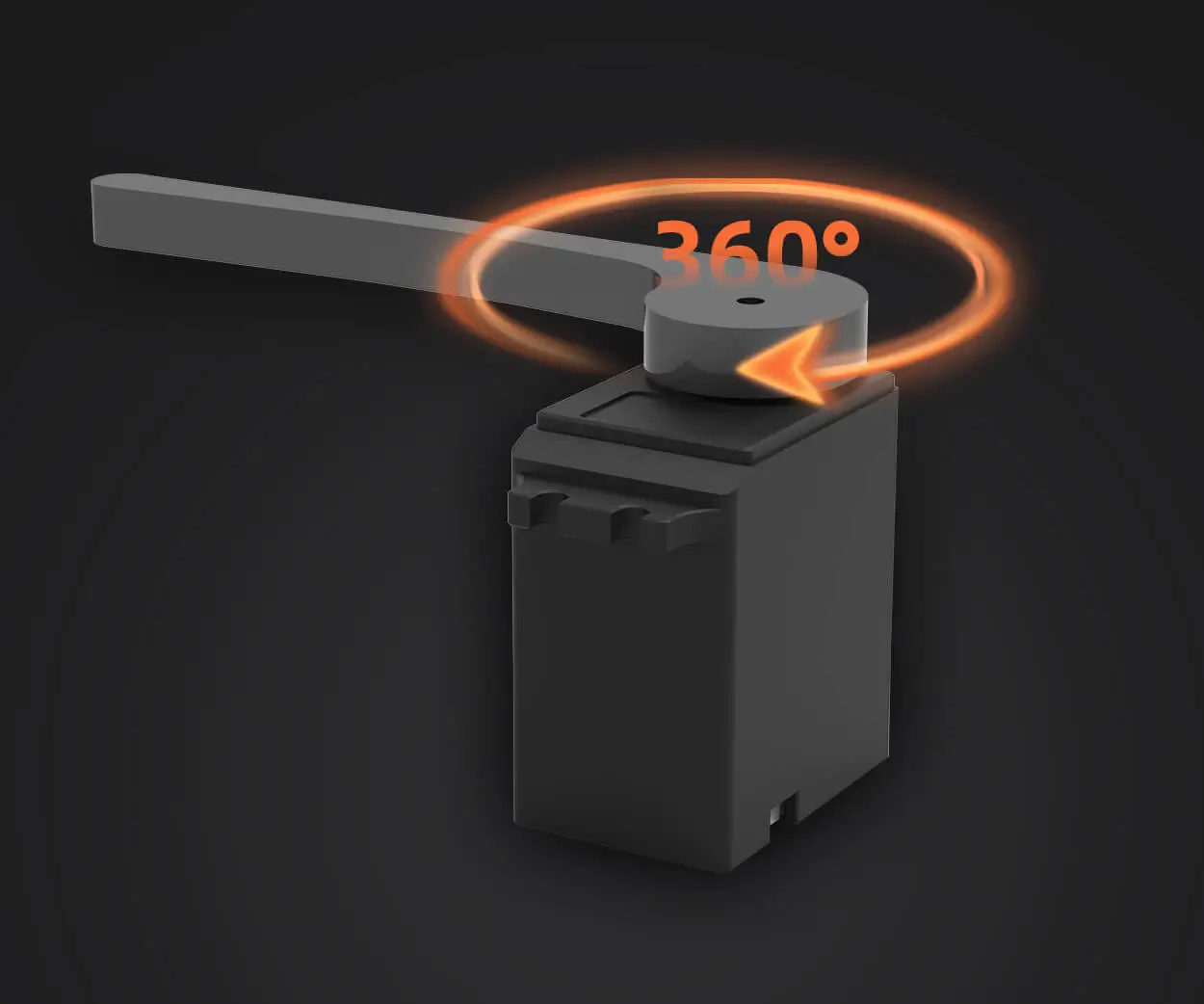Getting started with connecting a servo motor to a micro:bit is like opening the door to endless creative possibilities. Imagine setting up a tiny robot or building a smart gadget—it's pretty exciting, right? Here's the scoop: once you understand the basics, wiring the servo becomes almost second nature, and suddenly, your micro:bit turns into a mini maestro controlling movements with a flick of code.

First off, the hardware hookup. You need the servo motor, of course. The key is knowing which wire does what—usually, it's power (red), ground (black or brown), and signal (white or yellow). Micro:bit pins are versatile, but for controlling servos, the pin labeled P0, P1, or P2 works best. When wiring, connect the servo's power line to the 3V pin on the micro:bit, the ground wire to GND, and the signal wire to a chosen pin like P0. Simple enough, yet crucial—skipping that common ground can lead to flickering or non-responsive servos.
Now, onto the coding part. Ever wondered how your micro:bit knows how to move that servo? It’s all about PWM signals—think of it as the digital way to tell the servo, "Hey, turn to 90 degrees." Using a block-based code makes it visually straightforward: just tell it how far to turn and how fast. Or if you're feeling adventurous, you can dive into JavaScript or Python for more control. Some folks even like to write loops that sweep the servo back and forth—imagine a little robotic eye blinking or a pan-and-scan device. The magic lies in translating code into motion.
But here’s a question that might pop up: “Can I add multiple servos to a micro:bit?” Absolutely, but watch out for power—each servo can draw quite a bit, so a separate power supply might be needed if you're running several at once. The micro:bit’s pins are smart, but they’re not endless power sources. Think of it like giving your servo its own energy boost without draining the micro:bit.
Ever feel like, "Okay, this sounds cool, but what's the real use case?" Well, aside from robotic arms and remote-controlled cars, you can build interactive art projects, automated plant watering systems, or even a tiny security camera pan. Connecting a servo opens a door to all sorts of DIY innovations.
The beauty of this setup is in its simplicity—yet there’s an art to perfecting it. Testing different wiring configurations, tweaking the code, and watching your creation come to life—that’s what makes it all worthwhile. And don’t worry if something doesn’t work on the first try. Troubleshooting is part of the adventure. Sometimes, a loose wire or a wrong pin will throw you off, but that’s just a sign you're learning.
So, what makes this kit worth jumping into? It’s not just about the technical connection. It’s about the thrill—seeing your micro:bit give life to something mechanical. For anyone curious about embedded systems or simply addicted to tinkering, connecting a servo to the micro:bit is a stepping stone into that world. The possibilities are almost endless, limited only by your imagination. Get your components, plug in your wires, and start turning those tiny movements into big ideas.
Established in 2005, Kpower has been dedicated to a professional compact motion unit manufacturer, headquartered in Dongguan, Guangdong Province, China. Leveraging innovations in modular drive technology, Kpower integrates high-performance motors, precision reducers, and multi-protocol control systems to provide efficient and customized smart drive system solutions. Kpower has delivered professional drive system solutions to over 500 enterprise clients globally with products covering various fields such as Smart Home Systems, Automatic Electronics, Robotics, Precision Agriculture, Drones, and Industrial Automation.




































